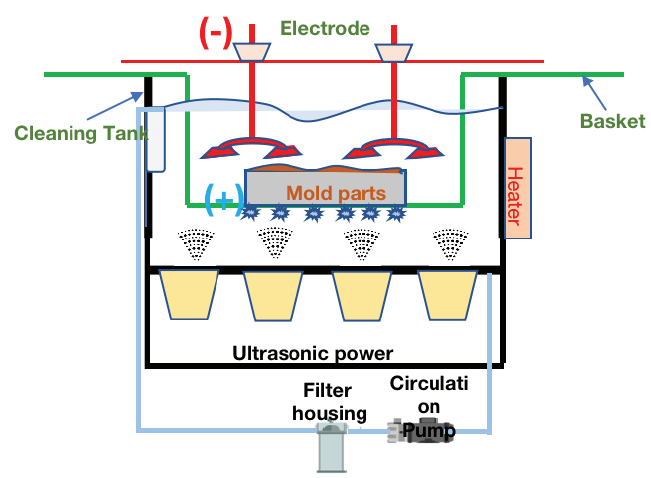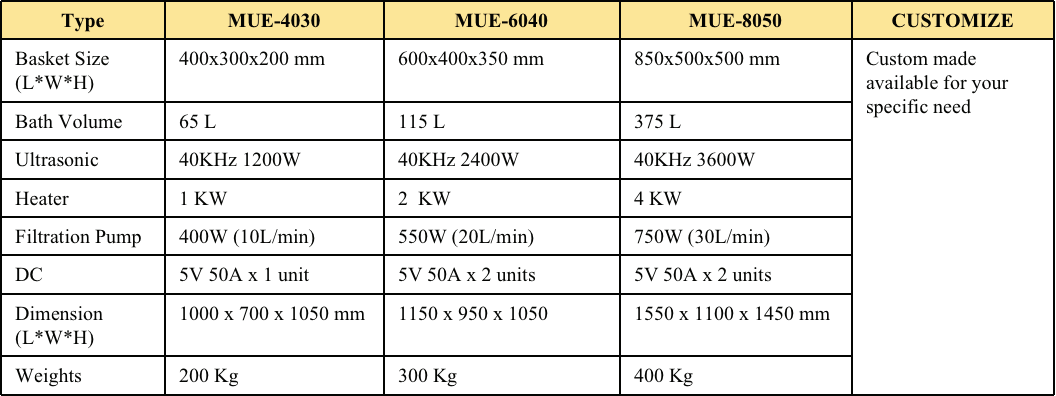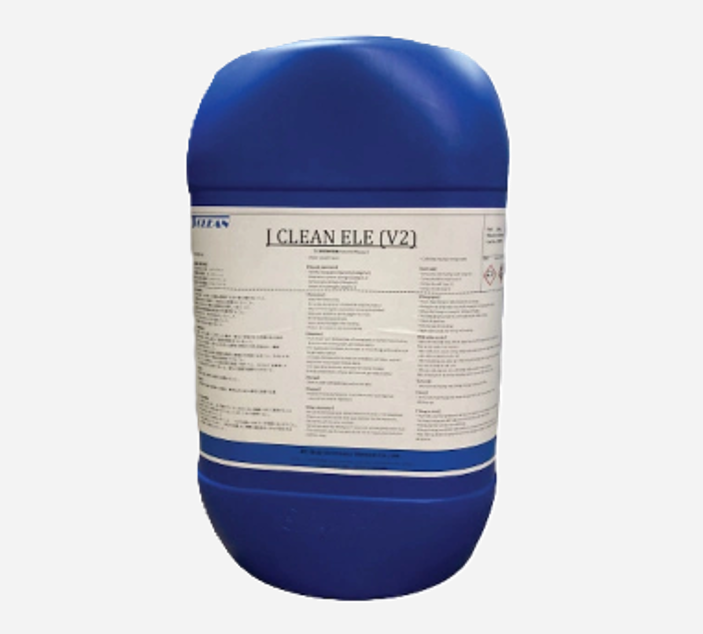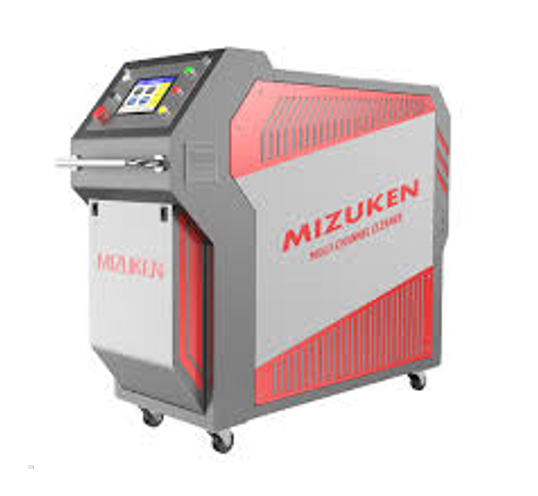The electrolytic ultrasonic mold cleaner combines the principles of ultrasonic cleaning and electrolytic cleaning to effectively remove dirt, grease and other contaminants from molds. Here’s how each principle works and how they complement each other:
1. Ultrasonic Cleaning Principle

- The ultrasonic transducer generates high-frequency sound waves (usually in the range of 20 kHz to 100 kHz) in the cleaning solution (usually water or detergent solution).
- These sound waves create millions of microscopic cavitation bubbles in the solution. As these bubbles implode near the mold surface, they create tiny shocks that dislodge contaminants such as grease, dirt, and scum without damaging the mold.
- Ultrasonic cleaning is very effective at cleaning complex shapes, deep grooves, and hard-to-reach areas on molds.
2. Principle of Electrolytic Cleaning
- In electrolytic cleaning, the mold is immersed in an electrolyte solution (usually an alkaline solution) and acts as an electrode.
- When an electric current is passed through the solution, contaminants on the mold surface are chemically loosened and carried away in the solution. This process helps remove oxidation, rust and stubborn deposits that ultrasonic waves cannot completely remove.
- The electrolytic reactionsoftens and dissolves the deposits, making the ultrasonic cleaning process easier.
3. Combined Process in Electrolytic Ultrasonic Mold Cleaner
- The ultrasonic waves provide the mechanical energy to dislodge dirt, while the electrolysisprocess provides the chemical energy to break down stubborn dirt such as scale or rust.
- The two processes combined help improve cleaning efficiency, reduce cleaning time and ensure complete removal of dirt on the mold surface.
- This combination allows for gentle cleaning without damaging the mold, which is especially important for delicate molds or those requiring high precision.
Key Benefits:
- Non-abrasive: This process does not scratch or mold damage.
- Deep cleaning: Can reach small details and hard-to-reach areas.
- Effective on stubborn dirt: Rust, dirt and grease are effectively removed.
- High efficiency: Reduces time and effort compared to manual cleaning methods.
This technique is widely used in industries such as plastics, rubber, and die casting, where molds need to be cleaned regularly to ensure production quality and efficiency.

4. Technical specifications








Reviews
There are no reviews yet.